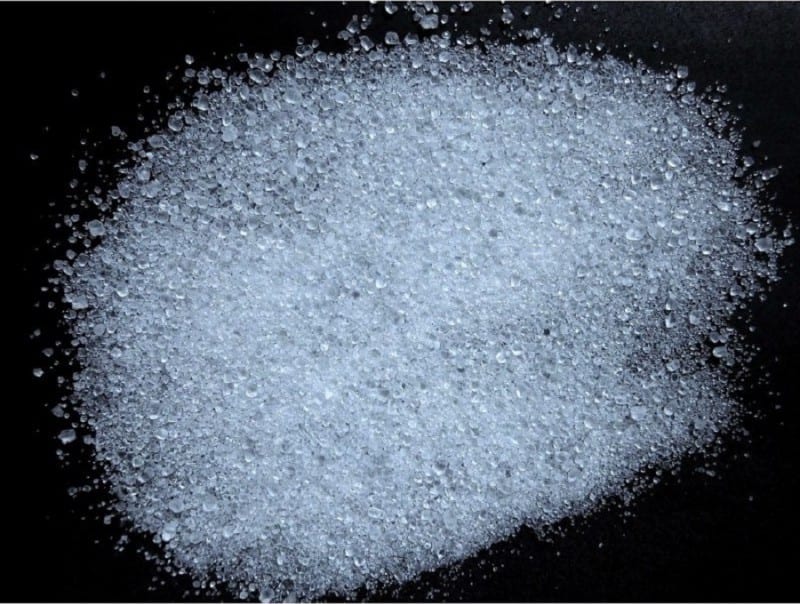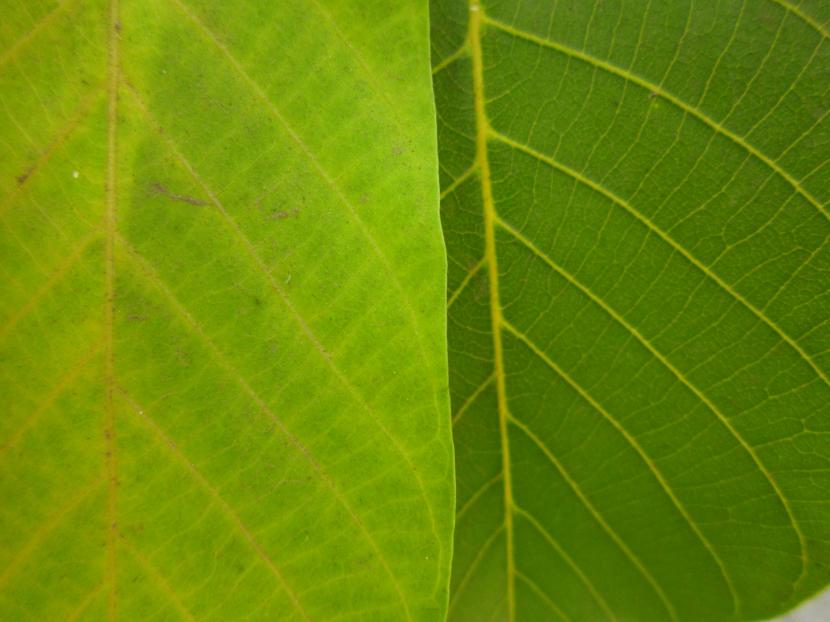
Image - vadequimica.com
Plants need many minerals in order to perform their functions properly and to be healthy. Although it seems that the big brands want us to believe that if we give them nitrogen, potassium and phosphorus they will already be perfect, the reality is very different. In fact, magnesium is also very important. Without it, something like photosynthesis becomes a bit of a chore.
Therefore, when the leaves begin to turn yellow for no apparent reason, you have to think about a possible lack of this mineral. To correct it, we have to give them magnesium sulphate. Now, in what dose? I will talk to you about all this and more below.
What is it?
Magnesium sulfate It is a type of salt that comes from natural salt flats, where it remains as a residue after the water has evaporated. It is composed of rhomboid crystals, very soluble in cold water, which have no residues.
What is magnesium good for in plants?
Magnesium is the fifth macroelement. It is the central atom of the chlorophyll molecule, so is essential for them to photosynthesize and grow. In addition, it intervenes in the absorption and migration of phosphorus, and favors nitrogen fixation.
As if that were not enough, it stabilizes the structure of DNA, and participates in the formation and accumulation of sugar reserves.
What are the symptoms of magnesium deficiency?

The symptoms that we will see in plants that lack magnesium are basically four:
- Yellowing of the leaves (chlorosis)
- Premature leaf drop (defoliation)
- The growth rate slows
- Necrosis
What is the recommended dosage?
The recommended doses of magnesium sulfate are as follows:
- Ornamental plants: 2kg per 1000 liters of water. 15-20kg per hectare of soil.
- Vegetables: 2kg per 1000 liters of water. 15-50kg per hectare of soil.
- Fruit trees: 2kg per 1000 liters of water. 15-20kg per hectare to the ground.
- Olivares: 2-4kg per 1000 liters of water. 10-15kg per hectare to the ground.
- Foragers: 2kg per 1000 liters of water. 10-30kg per hectare to the ground.
You can get it here.
Did you find it interesting?
I would like to know how often the 2 grams per liter should be applied foliarly.
I love these tips, I find them very useful, thank you very much
Thanks to you, Asunción 🙂
I'm going to put it on the tomato plants to see if the tomatoes turn out sweeter, thank you very much for the information !!
Thanks to you for commenting 🙂
Hello Monica, I always find interesting information on your page. I would like to ask you if the magnesium sulfate that I am going to start testing can be administered at any time of the year and whatever the vegetative state of the plant.
Thank you very much.
Greetings.
Hi Albert.
Thank you very much for your words.
Since magnesium is used to carry out photosynthesis, and that this is a process carried out mainly by leaves, we recommend applying it during spring and summer, which is when they need it most.
Greetings.